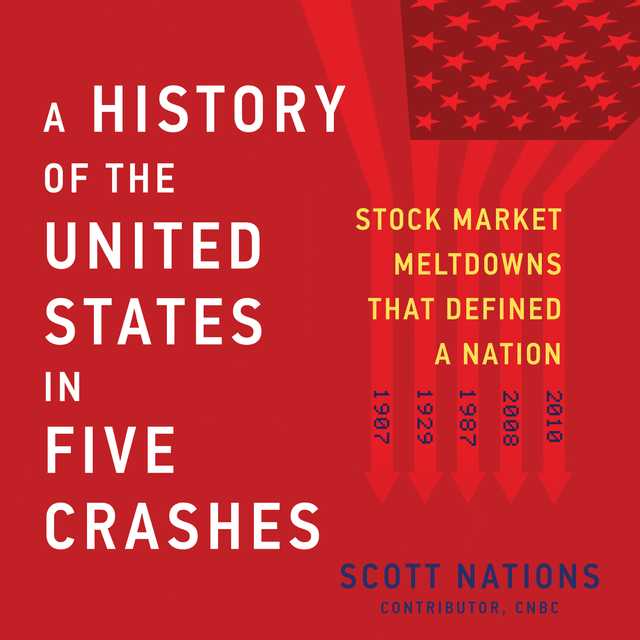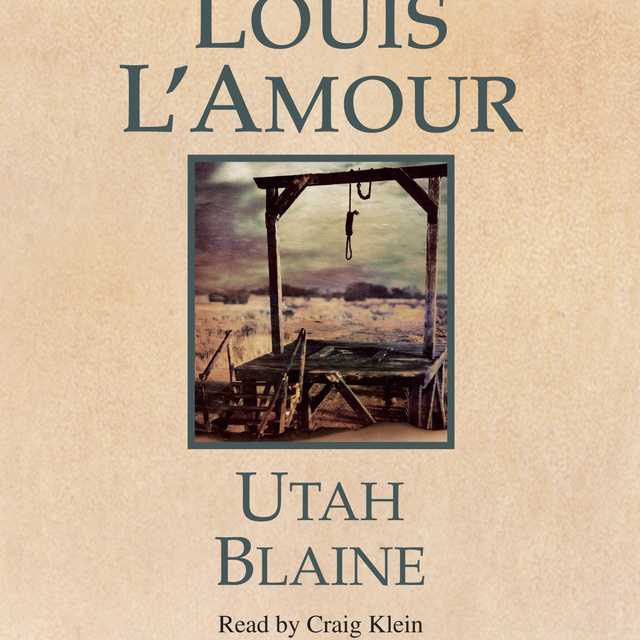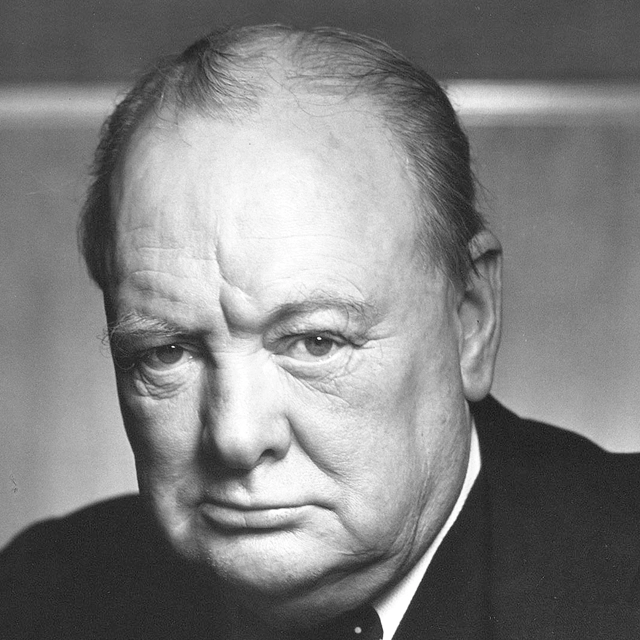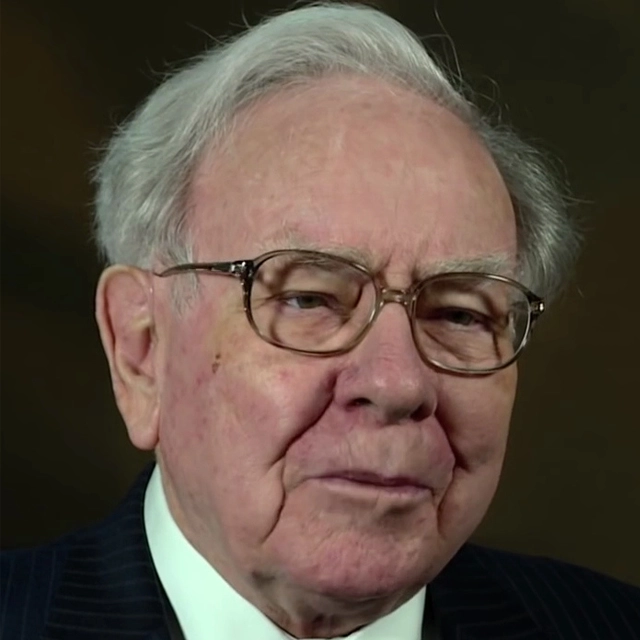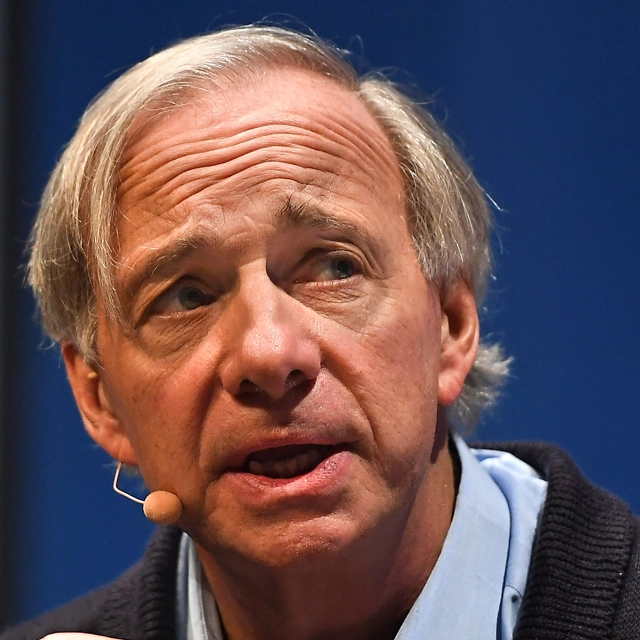A History of the United States in Five Crashes Audiobook Summary
In this absorbing, smart, and accessible blend of economic and cultural history in the vein of the works of Michael Lewis and Andrew Ross Sorkin, a financial executive and CNBC contributor examines the five most significant stock market crashes in the United States over the past century, revealing how they have defined the nation today.
THE PANIC OF 1907; BLACK TUESDAY (1929); BLACK MONDAY (1987); THE GREAT RECESSION (2008); THE FLASH CRASH (2010): Each of these financial implosions that caused a catastrophic drop in the American stock market is a remarkable story in its own right. But taken together, they offer a unique financial history of the American century. In A History of the United States in Five Crashes, financial executive and CNBC contributor Scott Nations examines these precipitous dips, revealing how each played a role in America’s political and cultural fabric, one building upon the next to create the nation we know today.
Scott Nations identifies the factors behind the disastrous runs on banks that led to the Panic of 1907, the first great scare of the twentieth century. He explains why 1920s America adopted investment trusts–a practice that helped post–World War I Britain–and how they were a primary catalyst of the 1929 crash. He explores America’s love affair with an expanding stock market in the 1980s–which spawned the birth of portfolio insurance that significantly contributed to the 1987 crash. And he examines the factors that led to the 2008 global meltdown, and the rise of algorithmic trading, the modern financial technology that sparked the 2010 Flash Crash when American stocks lost a trillion dollars in minutes.
A History of the United States in Five Crashes clearly and compellingly illustrates the connections between these financial collapses and examines the solid, clear-cut lessons they offer for preventing the next one.
Other Top Audiobooks
A History of the United States in Five Crashes Audiobook Narrator
Christopher Grove is the narrator of A History of the United States in Five Crashes audiobook that was written by Scott Nations
Scott Nations is the president of NationsShares, a financial engineering firm. He is a regular contributor to CNBC, where he frequently appears on-air to discuss markets, derivatives, and other investment topics. He is the author of two technical books for option traders, Options Math for Traders and The Complete Book of Option Spreads and Combinations. He lives in Chicago, Illinois.
About the Author(s) of A History of the United States in Five Crashes
Scott Nations is the author of A History of the United States in Five Crashes
More From the Same
- Author : Scott Nations
- The Anxious Investor
- Publisher : HarperAudio
- Abraham
- American Gods [TV Tie-In]
- Dead Ringer
- House of Sand and Fog
- Prey
A History of the United States in Five Crashes Full Details
| Narrator | Christopher Grove |
| Length | 12 hours 32 minutes |
| Author | Scott Nations |
| Category | |
| Publisher | HarperAudio |
| Release date | June 13, 2017 |
| ISBN | 9780062677068 |
Subjects
The publisher of the A History of the United States in Five Crashes is HarperAudio. includes the following subjects: The BISAC Subject Code is 21st Century, History, United States
Additional info
The publisher of the A History of the United States in Five Crashes is HarperAudio. The imprint is HarperAudio. It is supplied by HarperAudio. The ISBN-13 is 9780062677068.
Global Availability
This book is only available in the United States.
Goodreads Reviews
Douglass
August 27, 2020
This book describes the 1907, 1929, 1987, 2008, and 2010 stock market crashes. Scott Nations' thesis is that crashes tend to follow a pattern where some new financial construct causes investors to let their guard down. The false sense of security allows for a rapid market run, then some event triggers it to come crashing back down. The introduction of algorithms and computer-directed trading has also sped up this process and created new vulnerabilities in the market.The 2010 Flash Crash doesn't fit as well into the formula as the others. The market quickly recovered and did not have the lasting impact that the other four had. It probably could have been left out of the book.This book was an interesting read with details from all five crashes that I was unaware of. At times Nations goes back into events decades ahead of a crash to thoroughly explain how everything came into place. It is a different approach from books that tend to focus on economic or technical aspects of market crashes.
Joseph
October 11, 2021
A fascinating read, start to finish. The author details the five major stock market crashes of the twentieth and twenty first centuries. We learn what the catalysts were that triggered the crashes, as well as their impact on the greater world economy and business in general. We also are introduced to several major characters in the world of finance who had a large part to play in the five crashes. Overall, a very good read.
Jorge
November 18, 2018
This is a great book, along my expectations on getting to know a bit more what I knew around stock market crashes. Obviously, it is aimed and should mostly be of interest to anyone interested in reading on the stock market and on History. If this is not your case, do yourself and the author a favor and please don't pick it up…!I am an active stock exchange investor and have read countless books in the hope I will better enlightened on my investment decisions. The process of learning to be a good investor, like in many other aspects of life, can only be facilitated and conducive to a better understanding of the stock market - both the present and, most importantly, the future - if you pay attention to the lessons History offers you. Thus, for someone who is investing from the mid-90's, I believe I know a lot of about the 2008 meltdown and I happenned to be in the middle of the 2010 flash crash (just happenned to work at one of the companies mentioned by the author). Any other crash, my awareness could be classified as total ignorance (had never heard of the 1907 crash) to some general knowledge of the 1929. The most interesting bits I got from this whole piece of history are the similarities with what you continue to observe in this industry. Be it called "Dutch tulip craze" of around 3 centuries ago or the ".com mania burst" just a couple of decades ago, they all look the same, sound the same and, yep, end up the same way. Just my luck I had to go to work to a country still at civil war one month before the Enron story (should it be history by now?) burst, when I decided it would be safer to liquidate all my positions, April 2001 :-). Great reading, quick and wit, good financial vocabular, not too technical but also not too simplified.
Andreas
August 12, 2018
Clear and methodical. I like the structure with which he tells this story. This book is in many ways akin to fx "The big short" and "When Genius Failed" except that this book is shorter and more concise and doesn't deal the the interpersonal dramas as the other books. This book explains simply the mechanisms by which the financial markets have crashed 5 times. When done you will have learned most crashes have similar components like oblique products, overleveraged participants, exogenous shocks, overconfidence in overly "beautiful models" (models that doen't take real world complexities into considerations) and thus leads to massive build up of risk that they don't even know exists. And more. This book is very good in many ways, but it doesn't say any thing new, thus "only" 4 stars.
Scott
December 07, 2020
Very detailed and well researched. A full picture is given of each moment in time. A bit dry, but well worth it
Eldon
May 02, 2018
If I offered you a loan and told you, up front, your monthly payments would make it so you could never repay the loan, would you take the loan? The obvious answer is no, right? Unless, of course, I called it a negative amortization mortgage. In that case, you might get swindled like so many Americans did back in 2008. I’m guessing, the fine print on those mortgages wasn’t so clearly explained.Aside from 2008, Scott Nations, goes into great depth on the more familiar crashes of 1929 and 1987, as well as shedding light on a few not so well known, like the flash crash of 2010. The author did a terrific job of maintaining the narrative and tying together the varied reasons for each crash to a central component present in each crash.I found this book to be both enlightening and entertaining. Thoroughly researched, and timely content, make this a must read for anyone with an interest in business, investing, or the nuances of herd behaviour.4 stars.
Cristobal
January 07, 2022
There is little new in the world of investing because speculation has been around for most of mankind’s existence. These books show how financial crises are all similar but we fail to learn the telltale signs: an asset class starts growing in value, which brings in more looking to make a killing and everyone agrees this time it’s different until it goes all off with a bang and everyone asks how come no one saw it coming. Highly recommendable read with some great lessons.
David
October 22, 2020
Gets a little deep, but the content is good. So good, in fact, that after reading it you realize the current state of economic affairs sounds very similar... but, overall great read. Very educational.
Christian
October 11, 2020
I don’t think this book is as accessible as advertised but even through sections where I got lost, his use of backstories helped keep me connected. I think this book could’ve used more visual breaks between sections (chapters should never be 50 pages long without sub-sections or breaks). It also could’ve used visuals. I realize tables and graphs add to the work but rattling off percentage drops and ticker numbers in prose is poor form and offloads the effort into the reader. It also made some of the profound situations that occurred during these crashes fall flat.For people outside finance like myself, I’d recommend reading other histories like Americana, or even The Ascent of Money first because they give enough background on concepts that make this easier to follow.While some of his detail was hard not to glaze over, much of it was interesting and gave me a deeper understanding how the stock market works and has evolved over the last hundred years. I appreciate the research and detail Nations put into this book.
Russ
January 10, 2018
I received this book as part of a Goodreads giveaway from Harper Collins. I love reading about history, but I got a C in my most recent economics class ten years ago. Still, Nations hooked me by focusing on the stories of individuals and the places they had in these moments. He'd go in depth into the background of some of the main players, to show their rise and fall in a few paragraphs. He tried to show the origin of some of the terrible ideas that lead to the market crashes of the past. And he's not afraid to point fingers at the men who had these terrible ideas. He practically mocks them openly for ignoring warnings and thinking themselves invincible. I admit I had to take notes to keep track of people, companies, dates, and the variety of causes and effects. And still I can't definitively say what a mortgage-backed security exactly is. Nations expects the reader to have some sort of background knowledge in order to understand the depth and detail her goes into. I probably wouldn't recommend it to someone unless they're already in the know.
Kyle
January 18, 2020
Well written, simple overview of the major, well known crashes of the 20th and early 21st centuries. I was a bit surprised to see the flash crash of 2010 in there rather than the tech bubble of 2000/01, but I think it probably fit more squarely with the author’s central thesis that most crashed are caused by new financial innovations. He does a good job of describing the environment leading up to each crash while also keeping it fairly high level. Also, while financial jargon is unavoidable in a book of this subject, he does a good job of keeping the ideas and terms accessible to the financial novice. We recommend to anyone wanting to learn more about the history of the US financial markets.
Matt
March 28, 2019
Decent book, interesting overview of the stock market, and how we have absolutely no clue what we’re doing when it comes to financing a country. I wouldn’t call this a history of the US though, it was mostly just a lesson about why major crashes happen. And the takeaway is that it’s because we have no clue what we’re doing, and every time a group of people think they’ve figured it all out, it destroys everything and reminds everyone once again that we have no clue what we’re doing. Also I’m taking this moment to note that I blew a mental fuse on my reading challenge, and need to slow down on my book consumption.
Tyler
March 05, 2019
I have to say at times this was a really boring book. I understand it was important to the story to show the volatility of the market leading up to and during a crash but some pages detailing down to the minute the ups and downs of stocks or indexes in points was excruciating. It reminded me of those parts of the bible that just listed off people's lineage. Overall I liked the book and it was most interesting to see the connection between the crashes, the lessons learned. But he could have done a better job making the topic a little more exciting, like the Big Short.
Rayfes
May 29, 2020
Fascinating history around 5 major US stock market crashes. Learned about how T Boone Pickens made his money as a wildcatter, Greece's crazy stunts to get into the EU and bad economic policy like allowing massage therapists and others to retire at 50 in a country where people don't pay their taxes, and how this led to the flash crash of 2010. Discussion about these causes was great but the minute by minute recounts of the actual ups and downs of the market was tedious and should have been shortened.
Frequently asked questions
Listening to audiobooks not only easy, it is also very convenient. You can listen to audiobooks on almost every device. From your laptop to your smart phone or even a smart speaker like Apple HomePod or even Alexa. Here’s how you can get started listening to audiobooks.
- 1. Download your favorite audiobook app such as Speechify.
- 2. Sign up for an account.
- 3. Browse the library for the best audiobooks and select the first one for free
- 4. Download the audiobook file to your device
- 5. Open the Speechify audiobook app and select the audiobook you want to listen to.
- 6. Adjust the playback speed and other settings to your preference.
- 7. Press play and enjoy!
While you can listen to the bestsellers on almost any device, and preferences may vary, generally smart phones are offer the most convenience factor. You could be working out, grocery shopping, or even watching your dog in the dog park on a Saturday morning.
However, most audiobook apps work across multiple devices so you can pick up that riveting new Stephen King book you started at the dog park, back on your laptop when you get back home.
Speechify is one of the best apps for audiobooks. The pricing structure is the most competitive in the market and the app is easy to use. It features the best sellers and award winning authors. Listen to your favorite books or discover new ones and listen to real voice actors read to you. Getting started is easy, the first book is free.
Research showcasing the brain health benefits of reading on a regular basis is wide-ranging and undeniable. However, research comparing the benefits of reading vs listening is much more sparse. According to professor of psychology and author Dr. Kristen Willeumier, though, there is good reason to believe that the reading experience provided by audiobooks offers many of the same brain benefits as reading a physical book.
Audiobooks are recordings of books that are read aloud by a professional voice actor. The recordings are typically available for purchase and download in digital formats such as MP3, WMA, or AAC. They can also be streamed from online services like Speechify, Audible, AppleBooks, or Spotify.
You simply download the app onto your smart phone, create your account, and in Speechify, you can choose your first book, from our vast library of best-sellers and classics, to read for free.
Audiobooks, like real books can add up over time. Here’s where you can listen to audiobooks for free. Speechify let’s you read your first best seller for free. Apart from that, we have a vast selection of free audiobooks that you can enjoy. Get the same rich experience no matter if the book was free or not.
It depends. Yes, there are free audiobooks and paid audiobooks. Speechify offers a blend of both!
It varies. The easiest way depends on a few things. The app and service you use, which device, and platform. Speechify is the easiest way to listen to audiobooks. Downloading the app is quick. It is not a large app and does not eat up space on your iPhone or Android device.
Listening to audiobooks on your smart phone, with Speechify, is the easiest way to listen to audiobooks.

